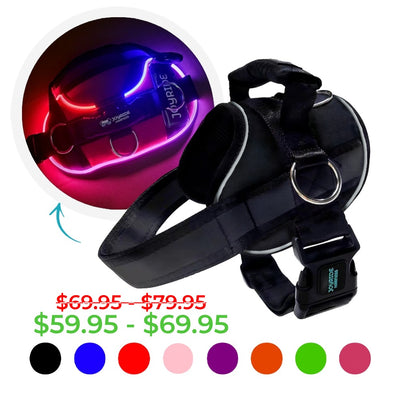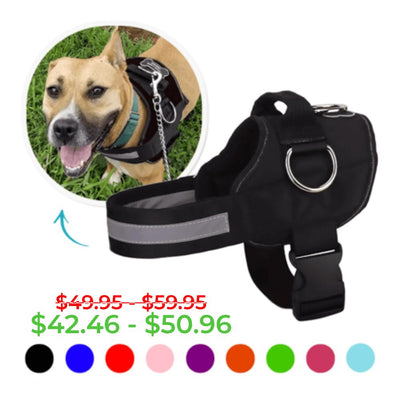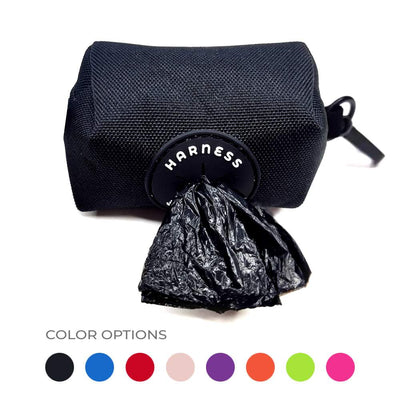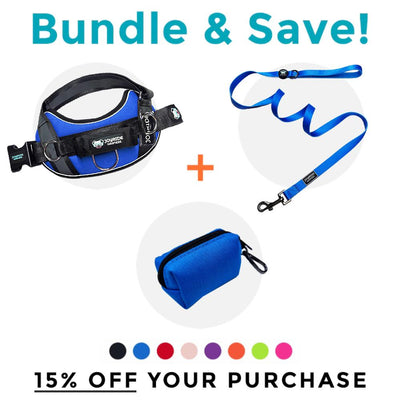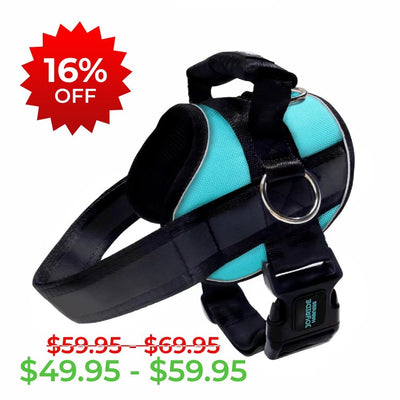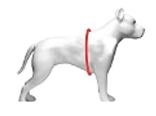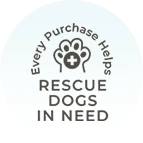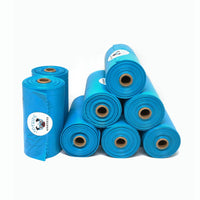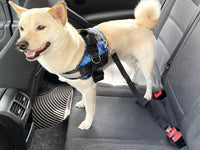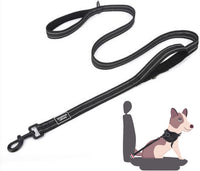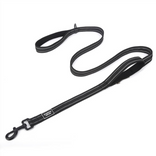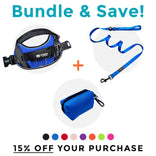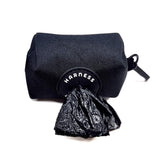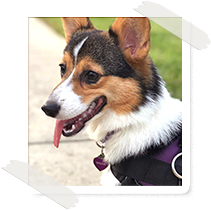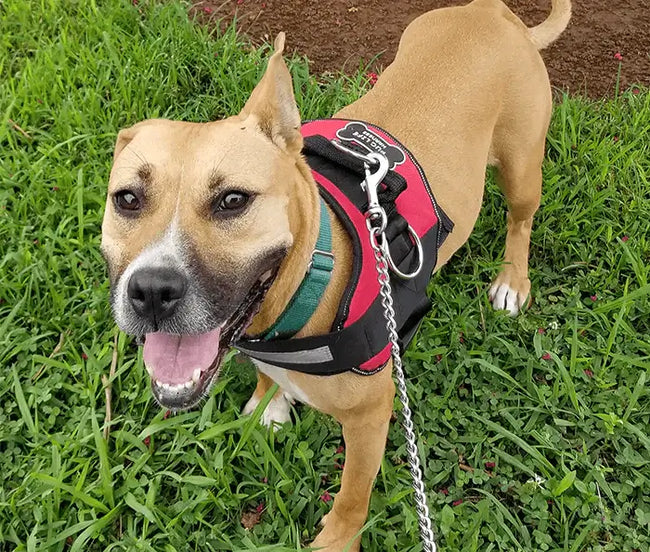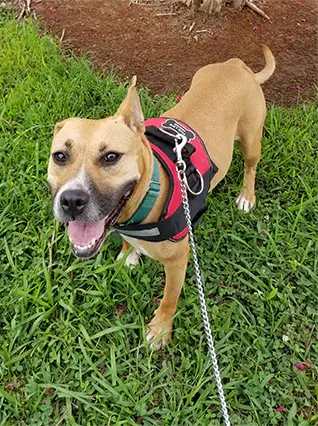5 Tips for Brushing Your Dog’s Teeth
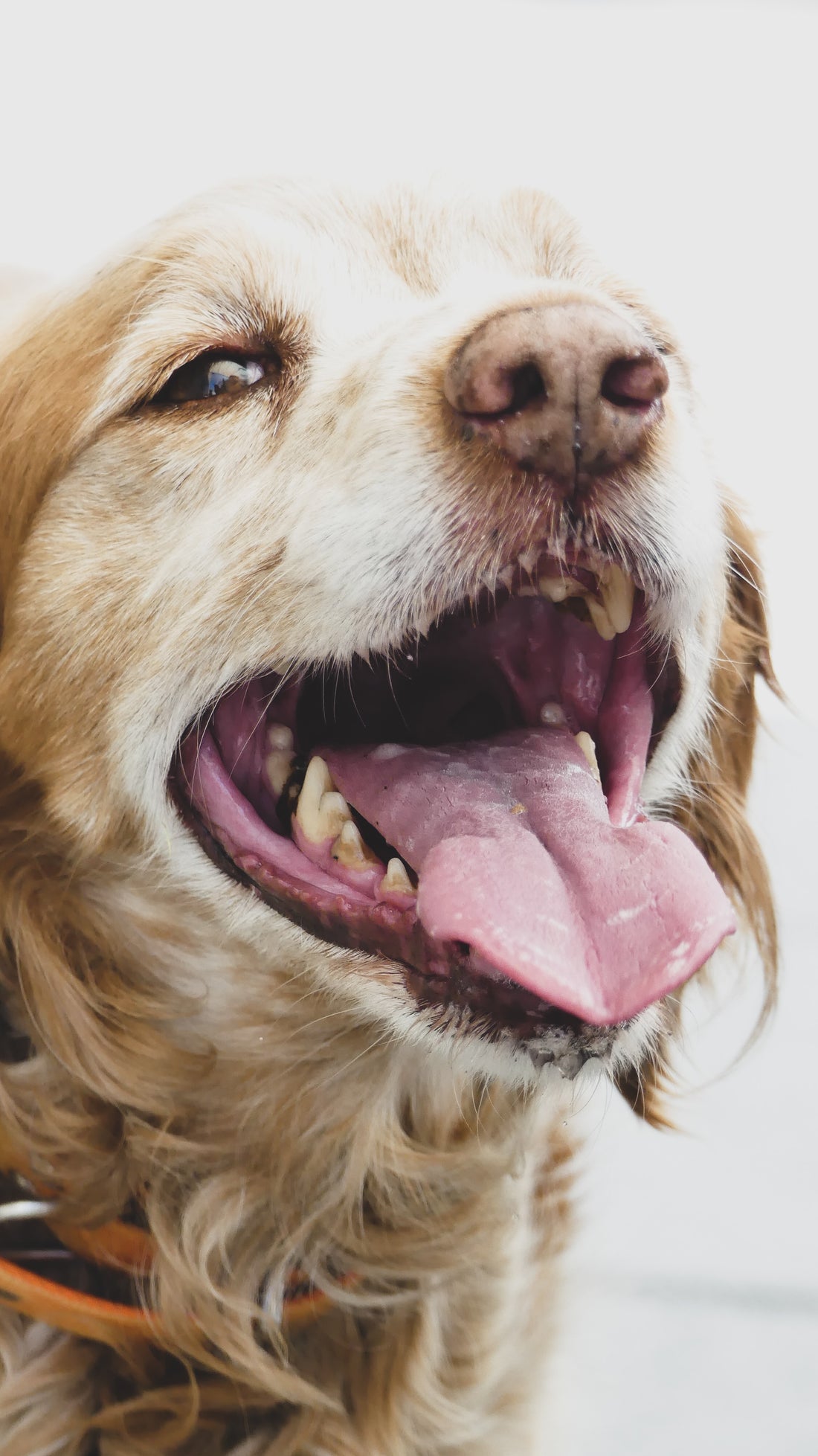
Anyone else guilty of not flossing every day? Taking care of our teeth is so important yet so often falls by the wayside. But dental health is vital for a long and happy life.
It’s no different for our fur babies.
In fact, keeping those chompers healthy can be even more important for our pups. Unfortunately, it can be even harder to stay on top of doggie dental care than our own. They don’t understand why brushings are important, so sometimes it’s easier to just let it slide.
Why is doggie dental health so important?
There are many reasons we could probably think of why taking care of our own mouths is worth doing. A lot of those same reasons apply to our pups plus some that many of us might not even think of.
Avoiding Tooth Loss
Probably one of the most obvious reasons for healthy tooth hygiene is keeping those chompers healthy so they stay in one’s mouth!
It’s no different for our fur babies. By a good dental routine, we can prevent damage to the internal structures that keep teeth healthy, strong, and in place.
Additionally, they can develop periodontal disease (or gum disease). When this happens, inflammation causes the gums to pull back from the teeth causing pain and can lead to losing teeth.
This is important because while our dogs may not be as self-conscious as we might by missing a few key teeth, a healthy mouth means they can do the things that make them happiest like chewing and playing.
Helping with Bad Breath
No one likes doggie breath - except maybe the pups themselves. What causes that nose-wrinkling scent is bacteria that collects in our fur babies’ mouths.
By regular brushings we can help keep the teeth free from plaque. And you guessed it, it’s the same plaque that we as people deal with.
Left to its own devices, the plaque will build up and create a yellowish brown film over the teeth that can eventually harden into tartar. Once it’s reached the tartar stage, it takes a professional cleaning to get rid of. Which brings us to…
Saving Money
While ideally we would hate to think of a little thing like money standing between our dogs and their health, in reality it’s a huge factor. Vet bills have been cited as causing people to go into debt.
By taking care of your pup’s oral health now, we can avoid much bigger problems later. It’s a small price to pay to avoid some big bills in the future. Not to mention the cost of their health and quality of life.
Preventing Organ Damage
We may not often think of it, but poor oral hygiene for our fur babies can actually lead to organ issues!
That same bacteria that causes plaque can actually get into the bloodstream in the mouth. Once that happens, it can begin to spread to places like the kidneys, liver, and even heart. When this happens it’s called bacteremia.
Keeping our pups’ mouths healthy is important to their overall health so they can live long and happy lives.
Tips for Easier Brushing
Even though dental health is so incredibly important, it’s not always easy. It takes time, it’s not always convenient, and your pup may not love the experience at first.
Of course the easier you can make it, the more often you’ll be likely to do it. Plus it will be much less stressful on both you and your pup.
So let’s take a look at 5 tips on making the tooth brushing experience go as smoothly and easily as possible!
1. Choose a tasty toothpaste
No one likes putting something gross in their mouths. And while we may disagree with our pups on what qualifies as tasty (we wouldn’t classify the catbox as ‘gourmet’), your dog won’t enjoy the brushing experience with a toothpaste they don’t like.
There are many options for doggie toothpaste types, styles, and tastes these days that it could seem a little overwhelming. The main things to keep in mind are:
- Never use human toothpaste
- Avoid abrasive paste with alcohol and artificial sweeteners
- Think about what flavors they like (animals tend not to like mint)
- Buy a small tube first in case your dog ends up not liking the type/flavor
With flavors ranging from bacon to peanut butter (and even flavorless!), there is bound to be a type of toothpaste your dog will like. Keep in mind, though, that flavor will be on their breath so try to choose one you can live with, too.
2. Choose the Right Toothbrush
Just as there are many different types of doggie toothpaste, there are a wide range of pup toothbrushes as well. There are different sizes, different angles, even toothbrushes that fit on the end of your finger.
It’s important to choose the right toothbrush for you and your fur baby because it can really help make the experience much easier.
The things to keep in mind are:
- Is it the right size for your dog? It shouldn’t be too big or small. You want to be able to handle it and your pup at the same time. You also want to make sure you get good tooth coverage without the brush overwhelming your dog’s mouth.
- Is the angle comfortable to handle? Just as with people's brushes, doggie brushes have many different angles and styles. You want to make sure that you can maneuver the brush comfortably while reaching all of your pup’s mouth you need to.
- How’s the handle? Most veterinarians recommend brushes with shorter handles because those tend to be the ones that are the easiest to maintain control over while brushing. If you can, hold it and see how the brush feels before committing.
3. Go slow
Starting the tooth brushing experience can be really startling. A foreign object is coming at your fur baby’s mouth, they’re likely being held in place, the toothpaste may smell new… all in all it adds up to a lot of stress.
It’s important to allow your pup to get comfortable with all parts of the brushing experience at a comfortable pace, so they know nothing is wrong.
As you get going, consider the following:
- Introduce your pup to the toothpaste and toothbrush. Let them sniff one and the other and reward them! Show them these items will bring a pleasant experience their way. Let that be the only thing that happens the first time around. Slowly introduce these tools.
- Let your dog lick the toothpaste off your finger. Likely they are more familiar with your finger than the toothbrush so it will be an easier step. If they don’t like the toothpaste, try rewarding them if they try a little or try a different flavor.
- Let them lick toothpaste off of the toothbrush. It will allow them to become familiar with the toothbrush now being in the mouth zone. Show them it’s nothing to be afraid of.
- Slowly work toward the brushing! Reward frequently when they do something right but don’t pressure them when they get nervous. Make brushing a good experience and it’ll be easier going forward!
4. Use additional tools
While flossing might be out of the question, there are several other tools that can be used on your dog’s teeth that can help with overall dental hygiene. Keep in mind, none of these are replacements for regular brushing.
- Dog tooth wipes: These wipes are a good option when your pup isn’t quite at the brush stage or if you need to do a quick cleaning. They can help to remove plaque from the surface of the teeth and can be easier and less scary for your pup.
- Food/water additives: There now exist powdered supplements that can be added to your dog’s food that helps to remove plaque as they eat. Additionally, there are water additives that can help protect those pearly whites.
- Dental treats: Many of us have seen the wide variety of dental and fresh-breath treats available, and these are a great option to help with tooth health between brushings! They are created to specifically help clean teeth, and dogs will tend to enjoy them much more than their scheduled brushings.
- Regular dog chews: As it turns out, just the act of chewing helps with our dogs’ health. Even a classic pup-safe bone will help scrape plaque away during a regular chew session. Some that tend to be particularly good for the job of dental health include: cow ears, bully sticks, and chicken strips.
5. Set a Routine
Routines help to not only build habits for ourselves, but can help your fur baby know when to expect a brushing to take place.
While just as with us in an ideal world we’d brush after every meal, that tends to be a little high of a bar for most of us. Realistically we want to brush our pups’ mouths twice a day.
Try to mark down or set a phone alert so that the brushings happen at the same time every day. It’ll help both you and your dog get accustomed to their dental hygiene routine so that it can be as easy and stress-free an experience as possible.

This is just a sampling of tips and informational posts we offer at Joyride Harness. You can find more content including tips and tricks and how-tos for caring for your dog on our blog in this section.

